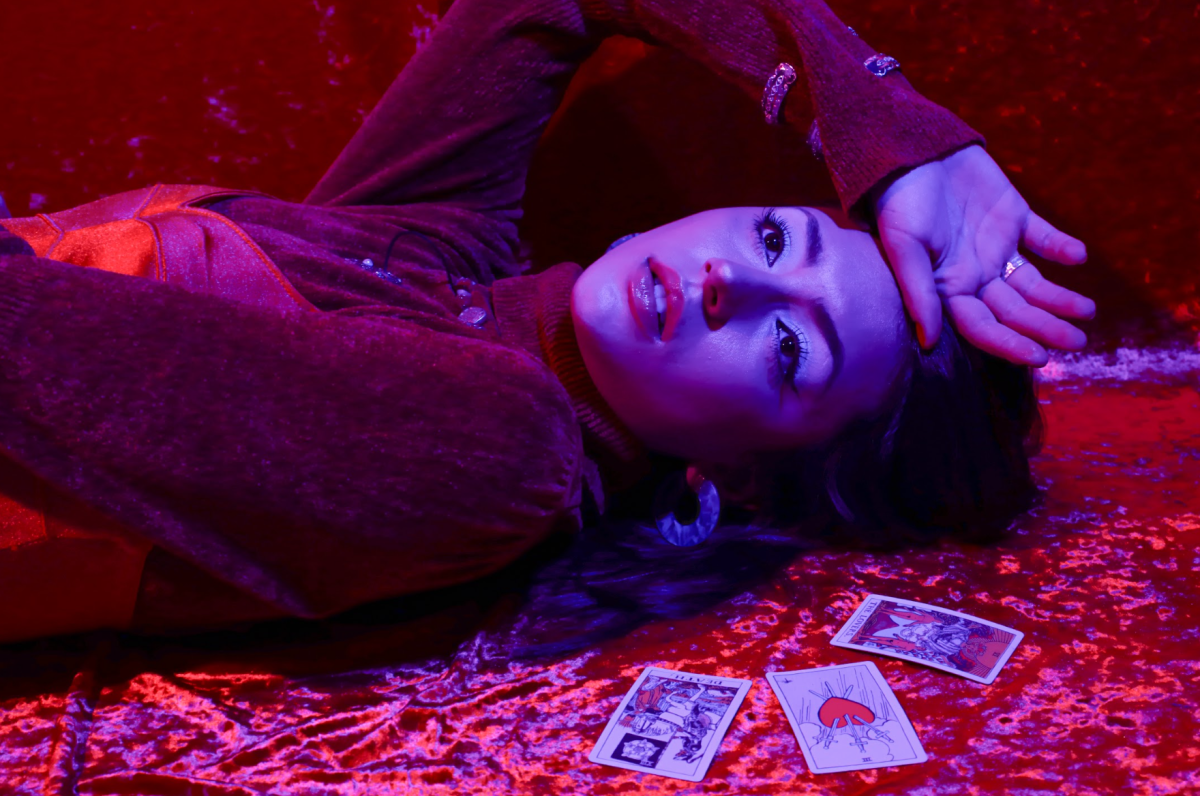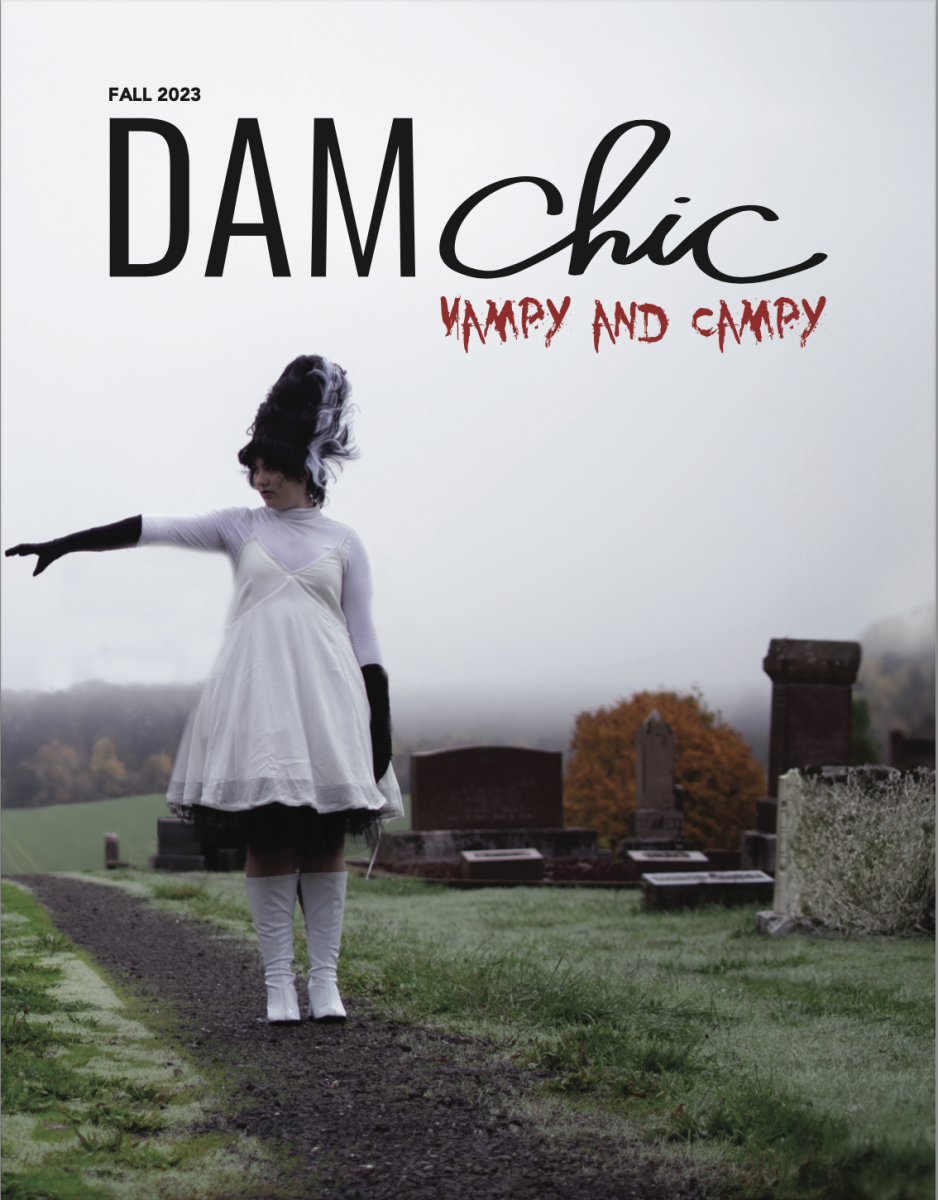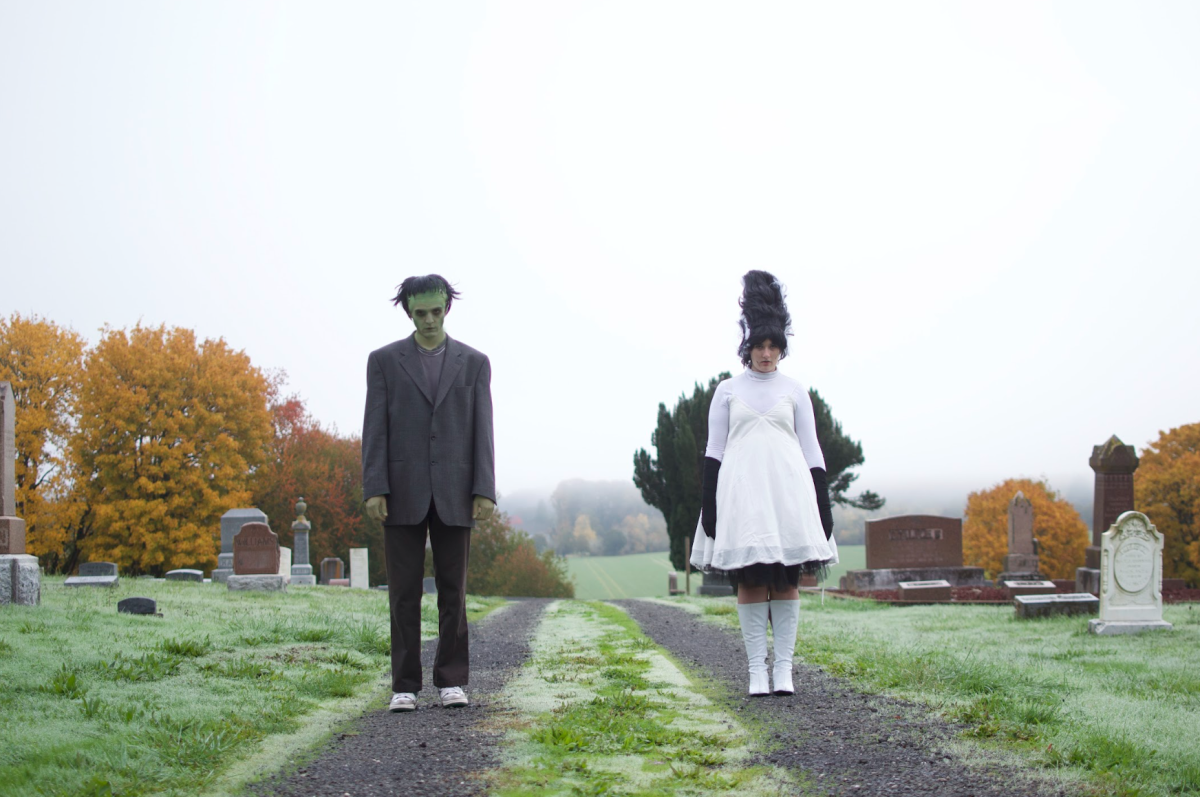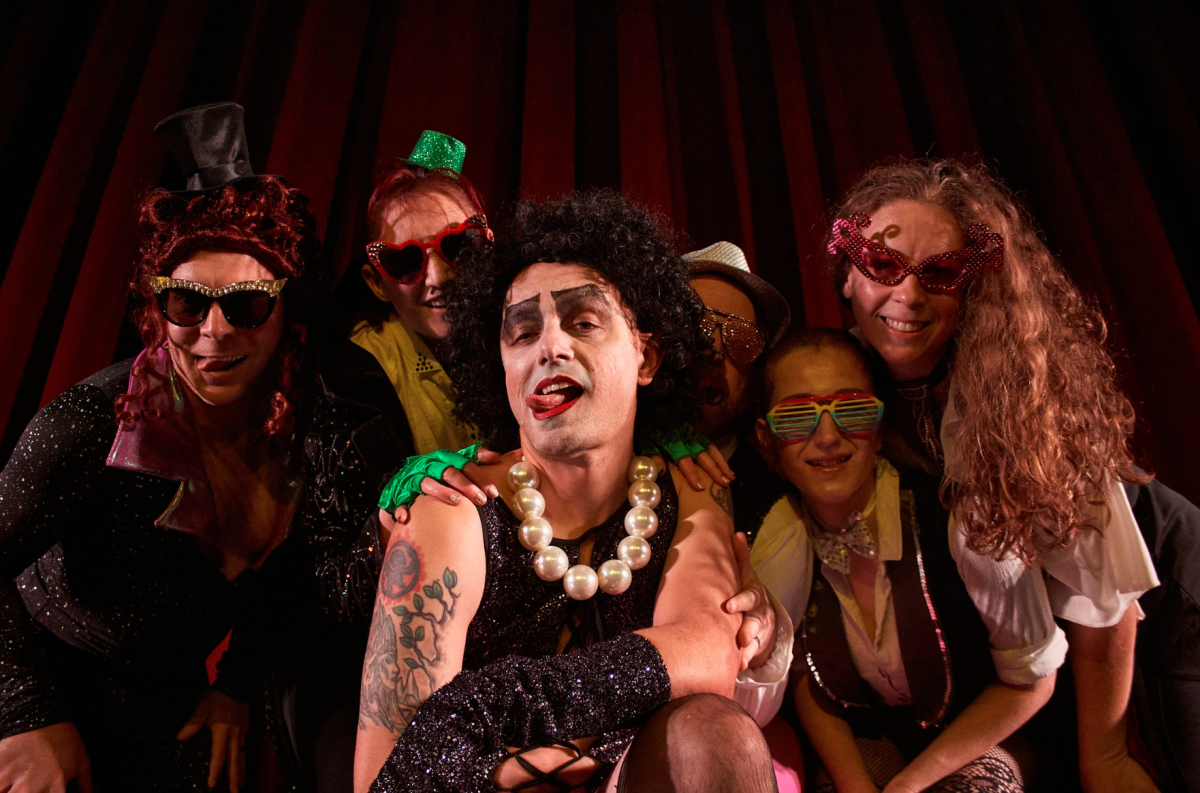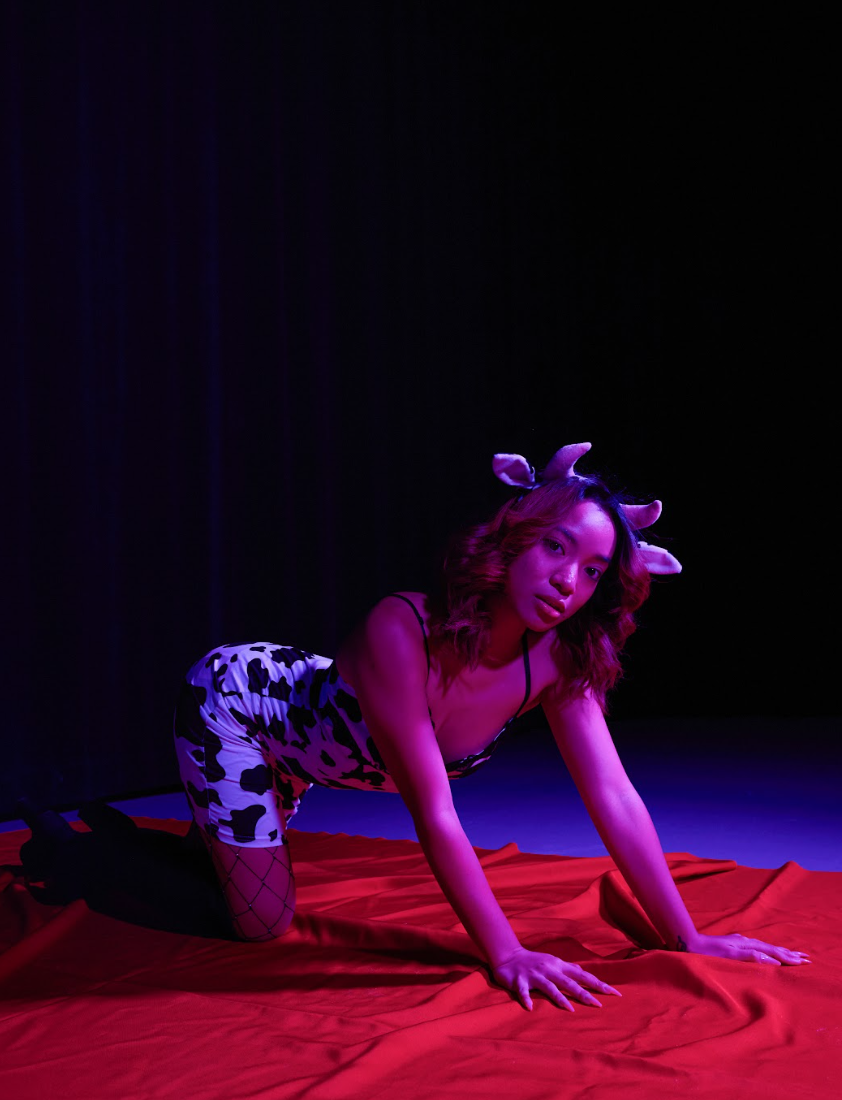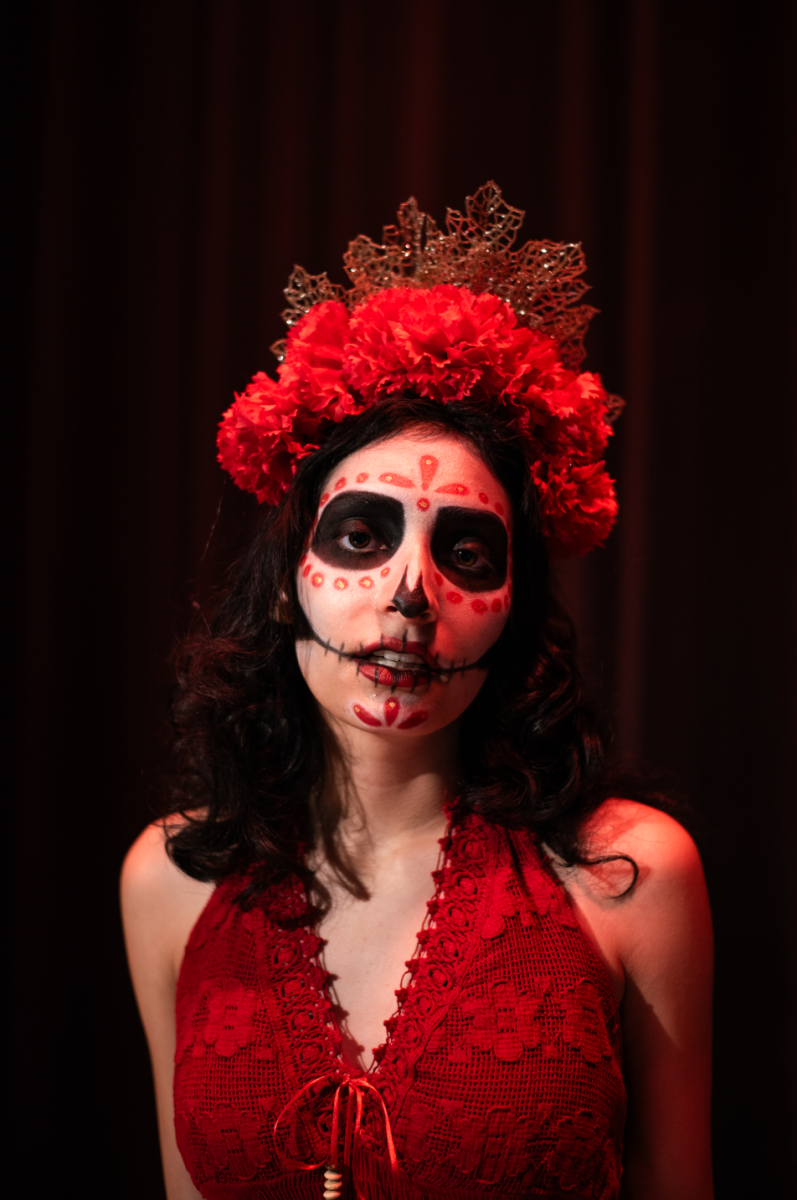“All my life I’ve been tossed in the garbage except when men wanted to use my body. So, I decided to find my own power. And I found that power through witchcraft. That means that I take what I need from men and not the other way around!”
This quote is from the main character – Elaine – in Anna Biller’s 2016 horror comedy “The Love Witch”. Among many things, the film is a whimsical study of color, ‘60s inspired fashion, and an artistic intersection of femininity and witchcraft.
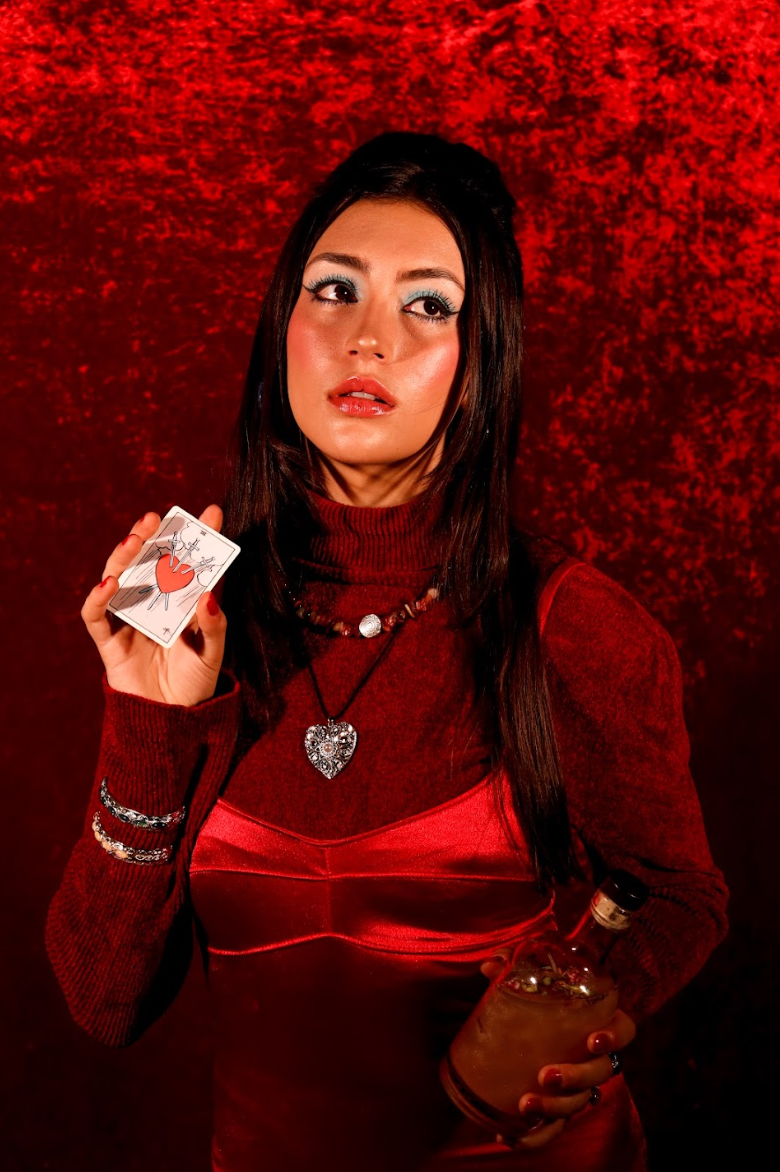
This campy, melodramatic, psychosexual, technicolor thriller of a film follows a young witch, Elaine, as she begins a new life in a quaint town in California in her pursuit to find love. The film picks up after the end of her last relationship where her husband left her, or so she says.
The opening scene features Elaine driving north up the California coastline in a red convertible. She is shown wearing a bright red dress, red purse and luggage, and a matching red lip. It is not by coincidence that the first time she’s shown Elaine is covered in red, a color commonly associated with passion, sexuality, anger, love, and danger.
She is portrayed as the embodiment of the bridge between a male’s fantasy and his fatality.
Another example of Biller’s symbolic use of color is in the quaint Victorian tea room, “Victoriana”, in the movie. Trish, Elaine’s new friend, invites Elaine to get tea in a peachy, plush pink covered tea room where almost everything is pink or white and there are only women. In this scene, Biller uses an all pink palette to portray stereotypical and hyper-feminine attributes: delicate, sweet, and non-threatening.
The film’s composition consists of a highly curated aesthetic with psychedelic visuals and kaleidoscope display of colors, many with underlying meanings. As seen with this film, fashion and color can collectively act as an indicator of character development, tone, and emotion.
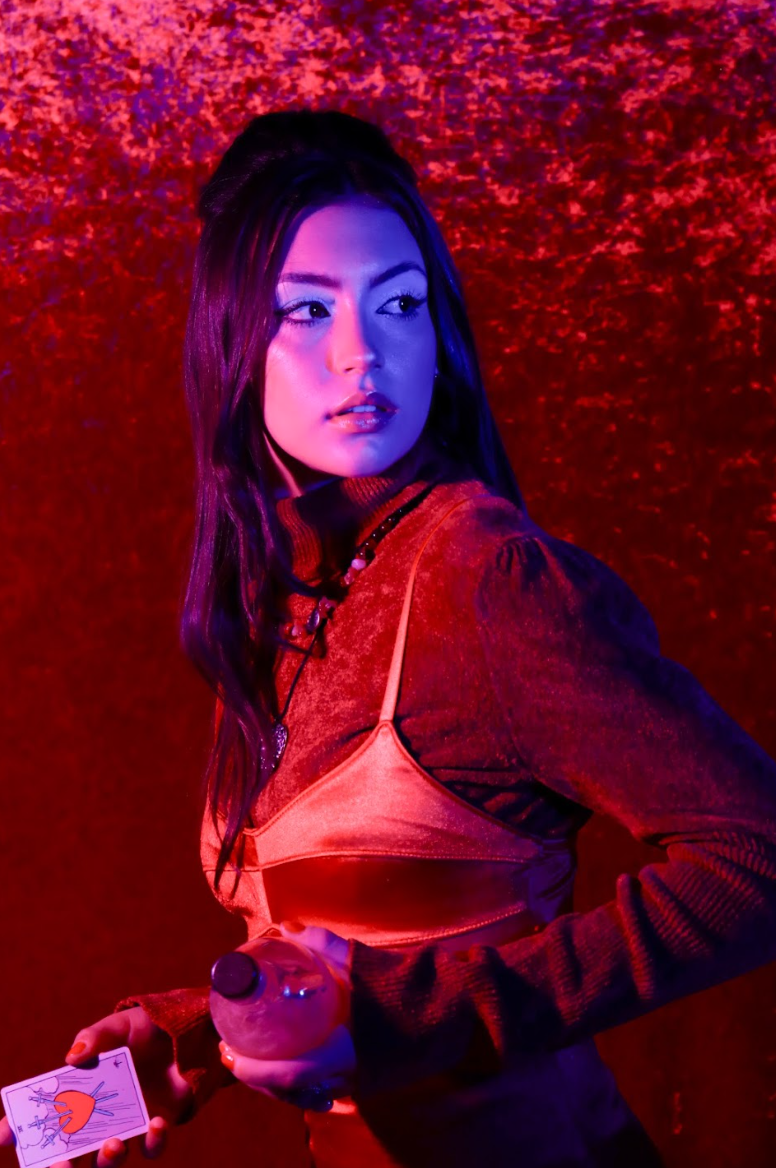
“Color and fashion work together to tell a story,” said Marilyn Reed, a design professor at Oregon State University. “When a designer is selecting colors for supporting a narrative, it is important to consider the contributions of the hues, values, and chromas as the combinations are infinite.”
In conjunction with the plethora of color, the film also aligns with many iconic ‘60s fashion trends.
“When I think of ‘60s fashion, I think of heavy eye makeup, bright lipstick, dresses, tights, fun patterns, and fun chunky jewelry,” said Vivian Irving, a psychology student at OSU, on what she associated the ‘60s decade with.
Many of these Claudia Cardinale and Brigette Bardot-esque looks can be seen throughout the movie, along with a touch of witchy lure.
Elaine’s iconic bold blue eyeshadow, paired with her winged liner and bright lipstick are a staple addition to her ‘60’s glam wardrobe. This, accompanied by her dark, long locks and classic bouffant help create her simultaneously innocent, yet seductive look.
Her bold look compliments her loose femme fatale archetype and evident deep desire to be loved. This recognizable trope and familiar desire makes for a powerfully feminine character in an underrated parable for femininity and witchery. Throughout the film Elaine meticulously uses her sexuality as a beacon of power, confronting the “male-gaze” head-on and using it to her advantage.


